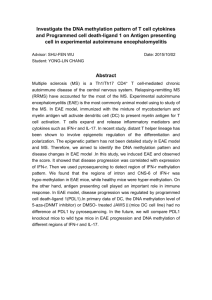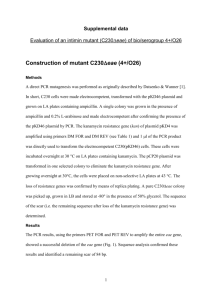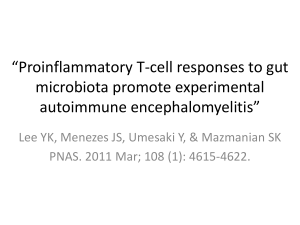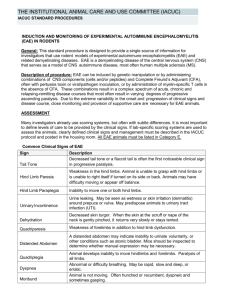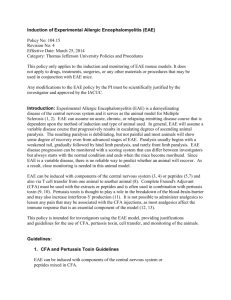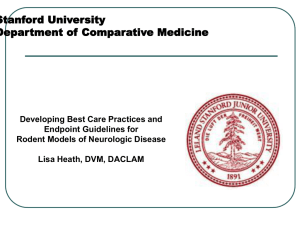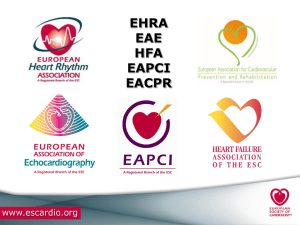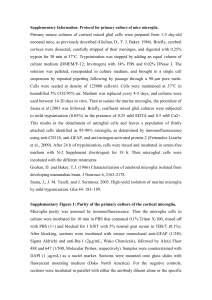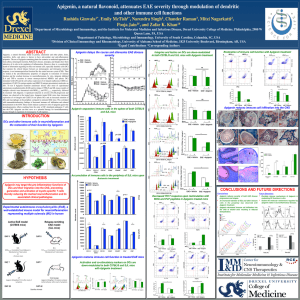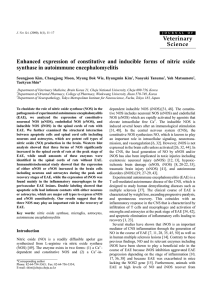Supplementary Fig
advertisement
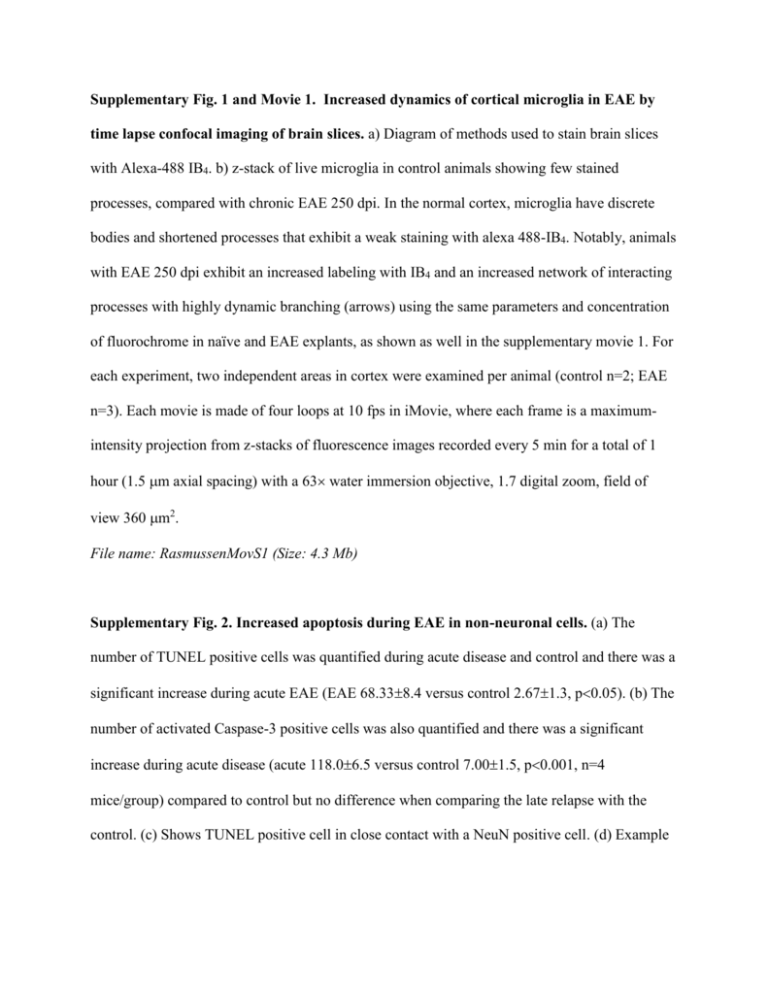
Supplementary Fig. 1 and Movie 1. Increased dynamics of cortical microglia in EAE by time lapse confocal imaging of brain slices. a) Diagram of methods used to stain brain slices with Alexa-488 IB4. b) z-stack of live microglia in control animals showing few stained processes, compared with chronic EAE 250 dpi. In the normal cortex, microglia have discrete bodies and shortened processes that exhibit a weak staining with alexa 488-IB4. Notably, animals with EAE 250 dpi exhibit an increased labeling with IB4 and an increased network of interacting processes with highly dynamic branching (arrows) using the same parameters and concentration of fluorochrome in naïve and EAE explants, as shown as well in the supplementary movie 1. For each experiment, two independent areas in cortex were examined per animal (control n=2; EAE n=3). Each movie is made of four loops at 10 fps in iMovie, where each frame is a maximumintensity projection from z-stacks of fluorescence images recorded every 5 min for a total of 1 hour (1.5 m axial spacing) with a 63 water immersion objective, 1.7 digital zoom, field of view 360 m2. File name: RasmussenMovS1 (Size: 4.3 Mb) Supplementary Fig. 2. Increased apoptosis during EAE in non-neuronal cells. (a) The number of TUNEL positive cells was quantified during acute disease and control and there was a significant increase during acute EAE (EAE 68.338.4 versus control 2.671.3, p0.05). (b) The number of activated Caspase-3 positive cells was also quantified and there was a significant increase during acute disease (acute 118.06.5 versus control 7.001.5, p0.001, n=4 mice/group) compared to control but no difference when comparing the late relapse with the control. (c) Shows TUNEL positive cell in close contact with a NeuN positive cell. (d) Example of activated Caspase-3 positive cell in close contact with a neuron, (e) also shown in the orthogonal-view (scale bar in c-e represents 5m). Supplementary Fig. 3. MBP staining shows diffuse demyelination in corpus callosum in EAE mice. (a-h) Immunohistochemistry for MBP show a persistent diffuse demyelination throughout corpus callosum at all four time points in EAE mice with no decrease in MBP staining for the age matched control groups (scale bar represents 200m). (i-l) Covariance of the pixel intensity of the MBP staining over a distance of 300 m through corpus callosum show a significant reduction in all four EAE groups compared to controls, [(i) acute 69.030.7 versus control 101.21.1, p0.0001, (j) first remission 40.140.5 versus control 65.700.9, p0.0001, (k) late relapse 54.180.8 versus control 78.630.9, p0.0001 and late remission 58.990.6 versus control 96.591.1, p0.0001, n=3 mice/group]. (m) The average MBP pixel intensity for all four EAE groups combined was also significantly reduced compared to the average control group (EAE 55.300.3 versus control 87.240.7, p0.0001). Supplementary Fig. 4 and Movie 2. Increased dynamics of callosal microglia in EAE by time lapse confocal imaging of brain slices. z-stack of live microglia in control animals showing few stained process, compared with callosal microglia from animals with chronic EAE. Normal microglia were stained in discrete numbers with short processes (arrows). In contrast, during chronic EAE 250 dpi, there was a persistent activation of microglia with strong staining for IB4 and an increased numbers of cell bodies (red arrows) with increased surveillance and process motility (blue arrows), as shown in the supplementary movie 2. For each experiment, the live imaging was repeated in two independent areas of the corpus callosum in independent EAE mice with age-matched controls (control n=2; EAE n=3). All the parameters and the scales were maintained in controls and EAE samples. Each movie is made of four loops at 10 fps in iMovie, where each frame is a maximum-intensity projection from z-stacks of fluorescence images recorded every 5 min for a total of 1 hour (1.5 m axial spacing) with a 63 water immersion objective, 1.7 digital zoom, field of view 360 m2. File name: RasmussenMovS2 (Size: 4.6 Mb)
